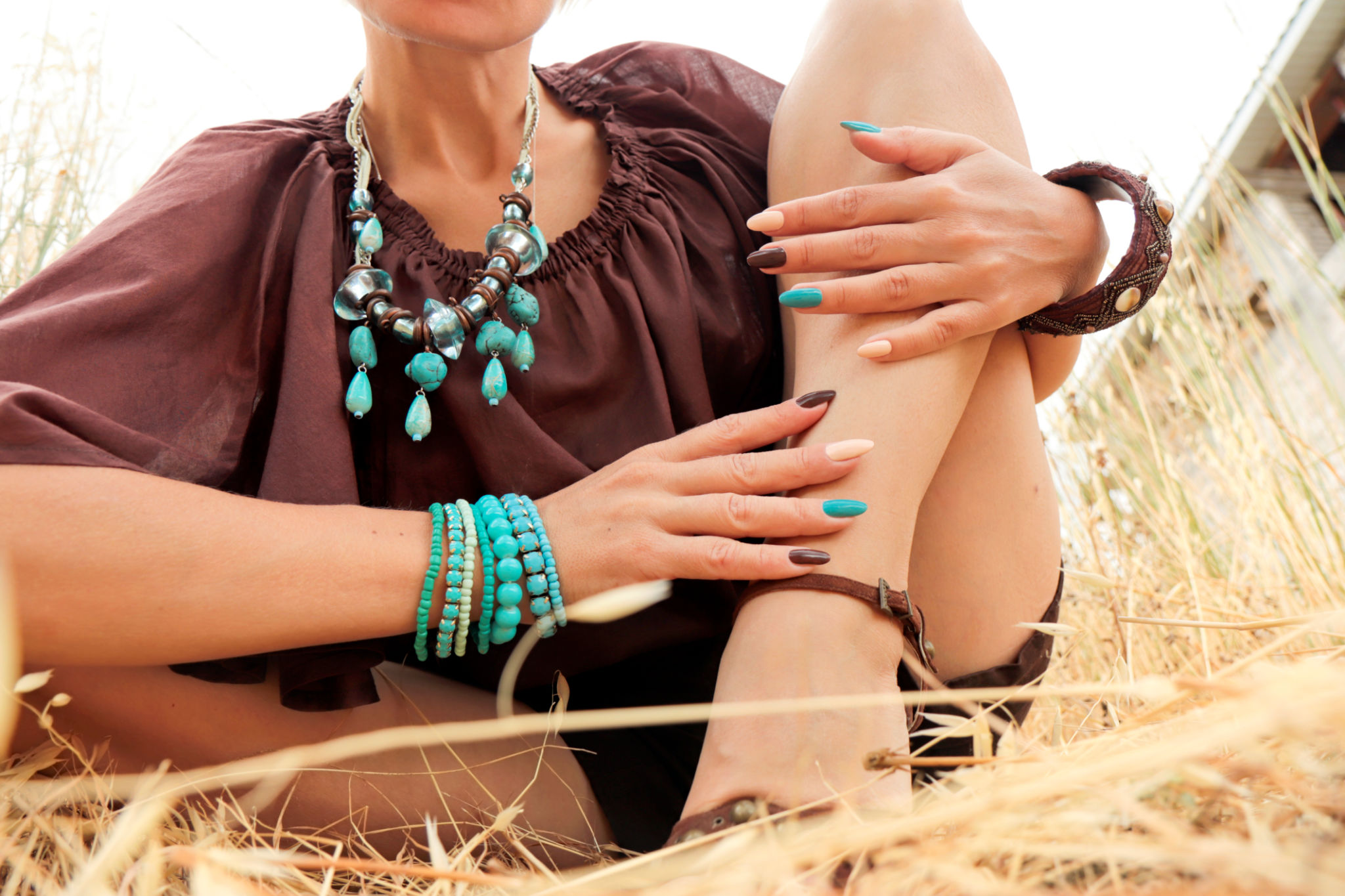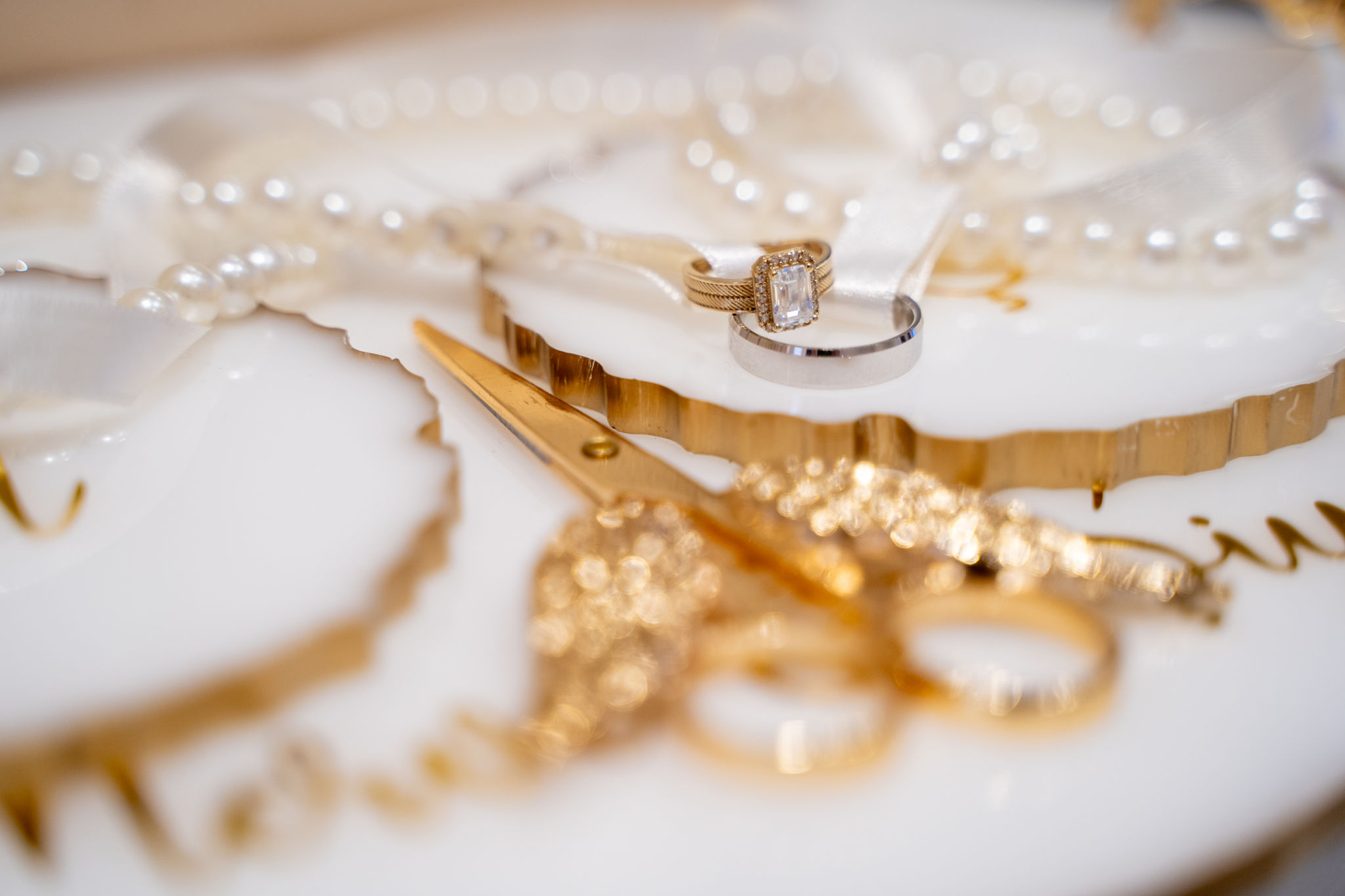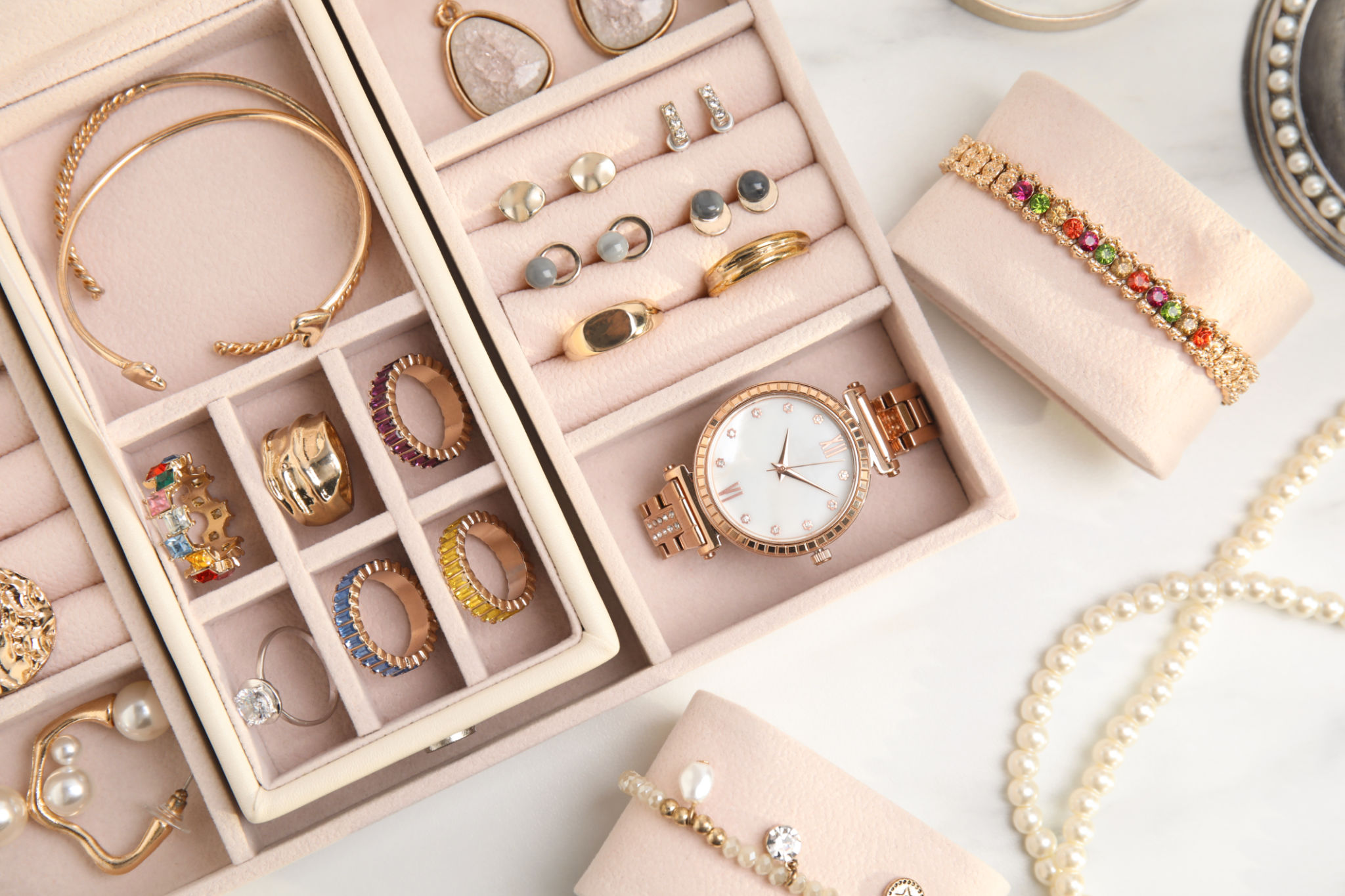The Impact of Cultural Preferences on Jewellery Trade
Understanding Cultural Preferences in Jewellery
The world of jewellery is as diverse as the cultures that adorn it. Each culture brings its unique preferences and styles, making the jewellery trade a fascinating blend of tradition and modernity. Cultural preferences significantly influence the design, material, and even the symbolism associated with jewellery. Understanding these nuances is crucial for traders and designers who wish to tap into global markets effectively.
In many cultures, jewellery is not merely an accessory but a representation of identity, status, or even spirituality. For instance, in India, gold jewellery is traditionally seen as a symbol of wealth and prosperity, playing a significant role in weddings and festivals. Meanwhile, in Western cultures, diamonds often hold the crown as the quintessential symbol of love and commitment.

The Role of Tradition in Jewellery Design
Traditions heavily influence jewellery designs across the world. The intricate designs of Middle Eastern jewellery, for example, often reflect the region's rich history and cultural heritage. These pieces are typically crafted with elaborate patterns and vibrant gemstones that hold cultural significance.
On the other hand, minimalist designs are more popular in Scandinavian countries, where simplicity and functionality are highly valued. This contrast highlights how cultural values and traditions directly impact what is considered desirable or fashionable in jewellery.

Material Preferences Across Cultures
Different cultures also have distinct preferences for materials used in jewellery. While gold remains a universal favorite, other materials like silver, jade, and pearls hold particular significance in various parts of the world. In China, jade is highly revered and believed to possess protective properties, making it a common choice for both everyday wear and special occasions.
Similarly, Native American jewellery often incorporates turquoise, which is valued not only for its beauty but also for its spiritual significance. These material preferences highlight the deep connection between culture and the natural resources available in a region.

Symbolism and Meaning in Jewellery
The symbolism attached to jewellery can vary dramatically between cultures. For example, Celtic knots in Irish jewellery symbolize eternity and interconnectedness, while in Africa, beads can represent social status, age, or even marital status. This rich tapestry of meanings offers a unique opportunity for jewellery designers to create pieces that resonate on a personal level with their audience.
Understanding these symbolic meanings can help traders and designers craft products that not only appeal aesthetically but also connect emotionally with consumers. This connection can be a powerful driver of customer loyalty and brand affinity.

Adapting to Global Trends
While cultural preferences are deeply rooted, global trends also play a role in shaping the jewellery market. The rise of social media has made it easier for trends to cross borders quickly. As a result, there is a growing fusion of traditional and contemporary styles as designers seek to appeal to a broader audience.
Successful jewellery traders and designers are those who can balance these global influences with local traditions, creating pieces that are both timeless and trendy. This adaptability is key to thriving in the ever-evolving world of jewellery trade.
The Future of Jewellery Trade
As cultural exchanges continue to increase with globalization, the jewellery trade is poised for exciting developments. With a deeper understanding of cultural preferences, traders can better anticipate market demands and create offerings that cater to diverse tastes. This strategic insight not only enhances business success but also enriches the cultural tapestry that makes the jewellery industry so unique.
In conclusion, cultural preferences play a pivotal role in shaping the dynamics of the jewellery trade. By respecting these preferences and incorporating them into their designs and marketing strategies, industry players can ensure they remain relevant and successful in a global marketplace.

